drk14
Brilliant_Rock
- Joined
- Jun 25, 2014
- Messages
- 1,061
@Serg -- If you would entertain a hypothetical scenario in which the future cost of automation does drop below the cost of manual production (due to technological improvements, economies of scale, etc.), what is your opinion on the following?
1) Assuming this scenario allows a large proportion of cutters to consistently produce optically symmetric superideal MRBs, will superideals come to dominate the market (i.e., is there an inherent demand for superideals?)
2) Assuming Scenario 1 comes to pass, will the retail price of superideal MRBs decrease due to commodification?
3) Assuming Scenario 2 comes to pass, how do you think the industry will attempt to differentiate diamond products to be able to command a premium price? New cut designs? Will a manually cut superideal be perceived as more valuable than a machine-cut superideal? In this hypothetical universe, could a manually cut non-ideal diamond become more valuable than a machine-cut superideal?
Obviously, the above calls for a significant amount of speculation, but I am very interested to hear if you or other industry members have any opinions surrounding the above line of thought. Of course, it is possible that the whole premise of this exercise (widespread automation) may be so unrealistic as to make discussion of the above pointless!
1) Assuming this scenario allows a large proportion of cutters to consistently produce optically symmetric superideal MRBs, will superideals come to dominate the market (i.e., is there an inherent demand for superideals?)
2) Assuming Scenario 1 comes to pass, will the retail price of superideal MRBs decrease due to commodification?
3) Assuming Scenario 2 comes to pass, how do you think the industry will attempt to differentiate diamond products to be able to command a premium price? New cut designs? Will a manually cut superideal be perceived as more valuable than a machine-cut superideal? In this hypothetical universe, could a manually cut non-ideal diamond become more valuable than a machine-cut superideal?
Obviously, the above calls for a significant amount of speculation, but I am very interested to hear if you or other industry members have any opinions surrounding the above line of thought. Of course, it is possible that the whole premise of this exercise (widespread automation) may be so unrealistic as to make discussion of the above pointless!

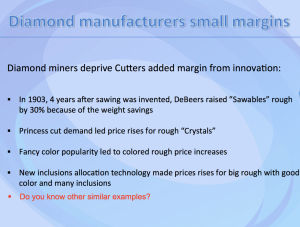
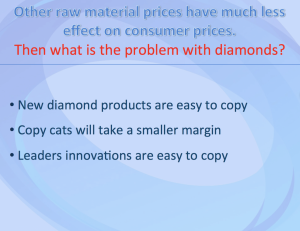
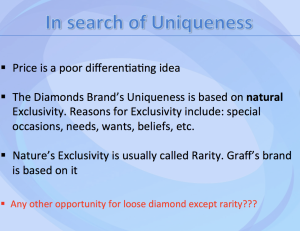
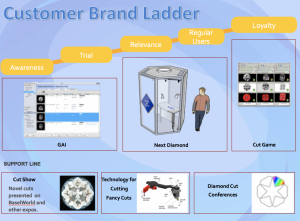
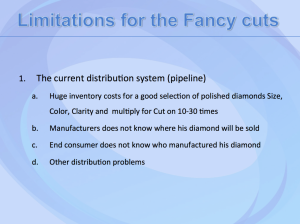
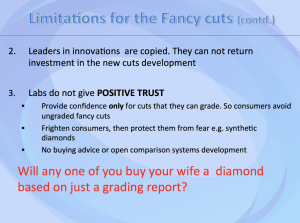



300x240.png)